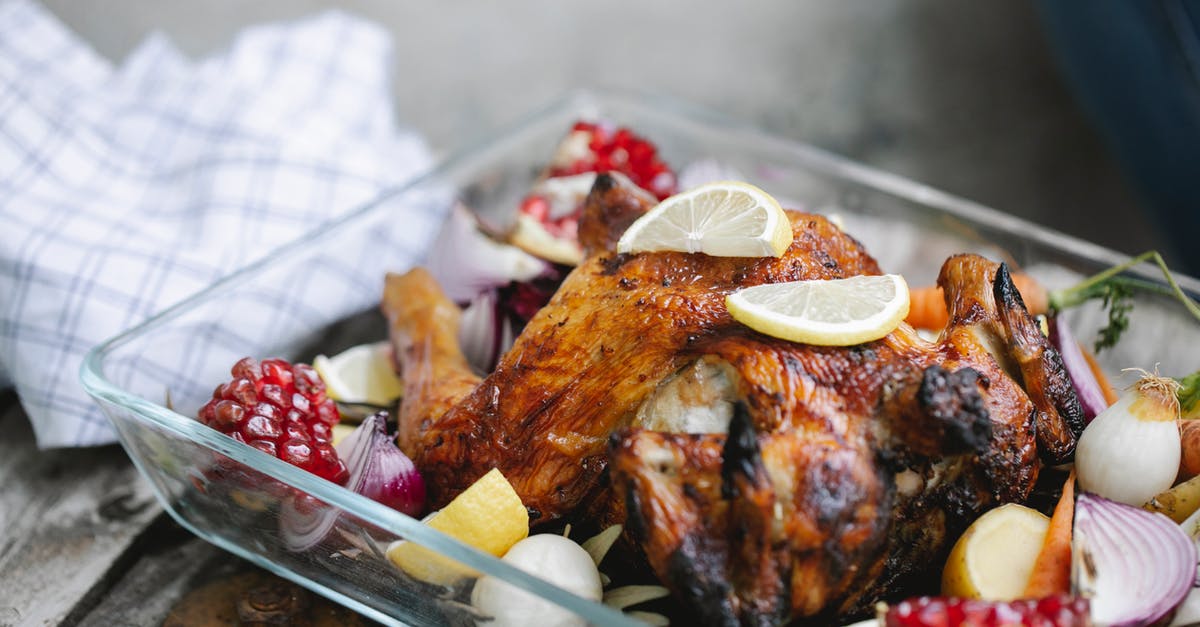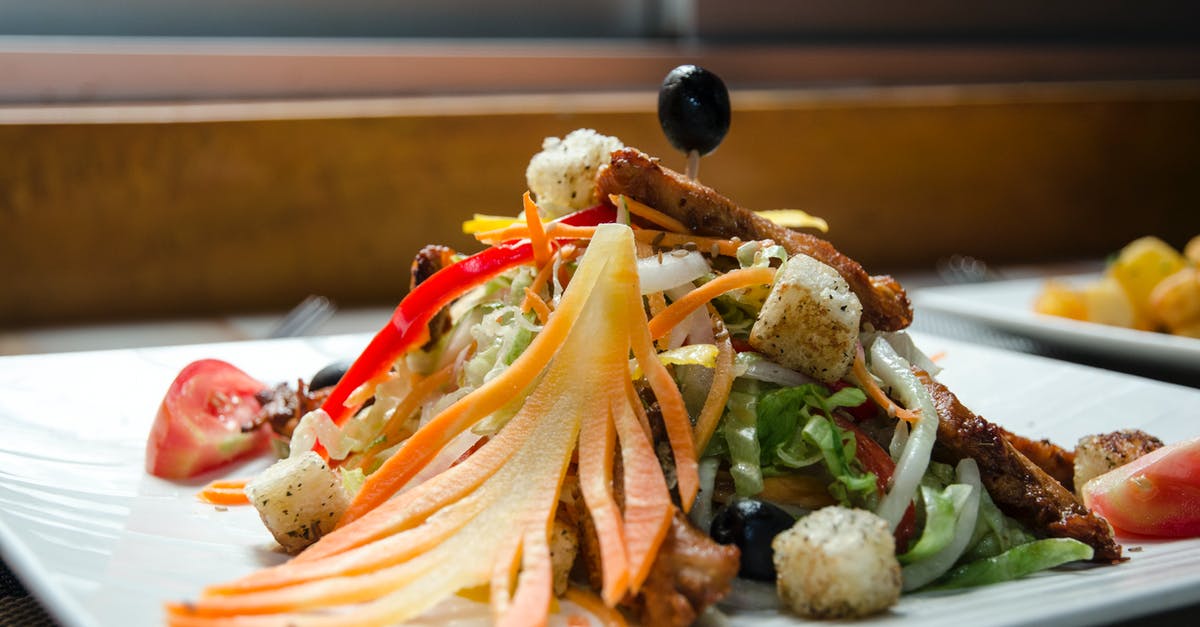Is it safe to prepare Chicken Tartare?

I know that raw chicken generally has a lot of safety concerns. Is there anyway that I can source the chicken to minimize these worries? What are the general concerns? How can I combat them? Are there any other safety concerns I should be worried about?
Best Answer
I'd suggest Consumer Reports as a starting point. They specifically investigated the food safety of chicken in 2010 and found that (among other things):
Campylobacter was in 62 percent of the chickens, salmonella was in 14 percent, and both bacteria were in 9 percent. Only 34 percent of the birds were clear of both pathogens. That's double the percentage of clean birds we found in our 2007 report but far less than the 51 percent in our 2003 report.
Store-brand organic chickens had no salmonella at all, showing that it's possible for chicken to arrive in stores without that bacterium riding along. But as our tests showed, banishing one bug doesn't mean banishing both: 57 percent of those birds harbored campylobacter.
Among all brands and types of broilers tested, 68 percent of the salmonella and 60 percent of the campylobacter organisms we analyzed showed resistance to one or more antibiotics.
The same issue seems to come up over and over again in food safety questions, and I really can't stress this enough: Salmonella is not the only dangerous bacteria in food. Campylobacter is just one of many others and produces heat-resistant enterotoxins that simply put, can make you very, very sick. Perfringens is also common, and raw chicken has also been found to harbour Listeria.
I've seen a number of articles and blogs claiming that people "worry too much" and most of them cite Ippuku in SF, which generated quite a stir by serving chicken tartare. It's legal in many countries for a restaurant to serve raw or undercooked food, provided that there is informed consent (the customer is specifically informed or specifically orders that their food be undercooked). However, legal is a very long way from safe, especially when we're talking about raw meat.
Steak tartare is more acceptable because, for some reason, Campylobacter don't like it and the incidence of E.coli is extremely low at only 0.26%. Raw beef isn't totally safe but most healthy people who eat it will not have complications afterward.
So, to summarize:
- Raw chicken: ~20% salmonella (depending on source), ~60% campylobacter (any source)
- Raw beef: Less than 0.1% e.coli, ~2% campylobacter (any source)
Conclusion: If you eat raw beef (steak tartare), you're a risk-taker. If you eat raw chicken, you have a death wish. Just say no.
At an absolute minimum, please don't serve this to your dinner guests with assurances that it will be safe. What you do to your own body is your decision to make, but it would be grossly irresponsible to serve anything made with raw chicken to anyone who hasn't been made fully aware of the risks.
P.S. Some of this data may be U.S. specific, but the problem is worldwide. For example:
- A New Zealand study showed a 36.7% contamination rate for salmonella and 84.3% for campylobacter, (thanks TFD!).
- A Canadian study showed a 37.5% incidence rate for salmonella and 75% for campylobacter.
So don't expect to be safer simply because you don't live in the U.S. If you're planning on doing this, you should check what your country's regulations and current statistics are regarding salmonella, campylobacter, C. perfringens, and listeria, for farms and plants producing chicken meat. That is your actual risk.
Buying "organic" might help, or might not, since organic is currently not a true legal or regulatory category in most regions.
Pictures about "Is it safe to prepare Chicken Tartare?"



Is it possible to make chicken tartare?
Chicken breast tartare is very tender and somewhat sweet, and the soft texture reminds us of a scallop or beef tenderloin. We like to pair ours with picholine olives, fresh shiso leaf, and a bit of ChefSteps Mayo No. 4, but you can add any garnishes your heart desires.Is there a safe way to prepare raw chicken?
The only way to kill the bacteria is by cooking the chicken thoroughly to a high enough temperature. All you accomplish by washing raw chicken under running tap water is to increase the risk of splashing the bacteria all over your sink and surrounding area.Why is there no chicken tartare?
But eating raw chicken doesn't just expose you to the potential of salmonella. The meat also carries a number of bacteria \u2014 Escherichia coli, Campylobacter jejuni, Enterococcus, Staphylococcus aureus, and Listeria monocytogenes \u2014 which can cause nausea, diarrhea, vomiting, and fever just a day or so after ingestion.Is cleaning raw chicken safe?
Like all animals, chickens have bacteria in their gut. Pathogens such as campylobacter and salmonella can get on the birds during processing and packaging, and go all the way to your cutting board and utensils. Don't wash raw chicken because it can contaminate your kitchen. Cooking to proper temperature kills bacteria.Why Rare Steak is Safe — but NOT Rare Chicken
More answers regarding is it safe to prepare Chicken Tartare?
Answer 2
If you want to eat raw Chicken find a good supplier of raw chicken, one were we you can see how they are farmed, or farm them yourself
There are at least four main pathogens to worry about (Campylobacter, Clostridium perfringens, Listeria, Salmonella), but all of them should only be found on the feathers, skin and gastrointestinal tract of a healthy bird
Get to know how it was killed and prepared and be satisfied that it was not contaminated, or you have to do it yourself
If you do it yourself, you need to keep the bird chilled during processing (work in an empty walk in fridge). And you have to sanitise everything during processing
You will probably still need to wash the bird before further processing. When you wash the bird you have to wash ALL your equipment too. See this commercial guide on the steps required haccp_v2ap-ix-4-broilers.pdf
Process the bird as you intend for raw eating and then freeze a sample and take to a food standards laboratory and have it checked. If you comes out clean, repeat a few more times until you are satisfied you can produce clean meat
After all this work even a Chicken burger from Maca's sounds good :-(
In countries where eating raw chicken is socially acceptable (France, Japan, etc) you will often find they have specific breeds of chicken (Blue Foot?) that taste OK raw, and these are specifically farmed and killed for eating raw
Answer 3
I read somewhere that one way to kill most bacterias but still leave the meat raw is to boil it for a just a short while. If you look at this picture you see what I mean.
Sources: Stack Exchange - This article follows the attribution requirements of Stack Exchange and is licensed under CC BY-SA 3.0.
Images: Sarah Chai, Ryutaro Tsukata, Tim Douglas, Zo Willibrord
